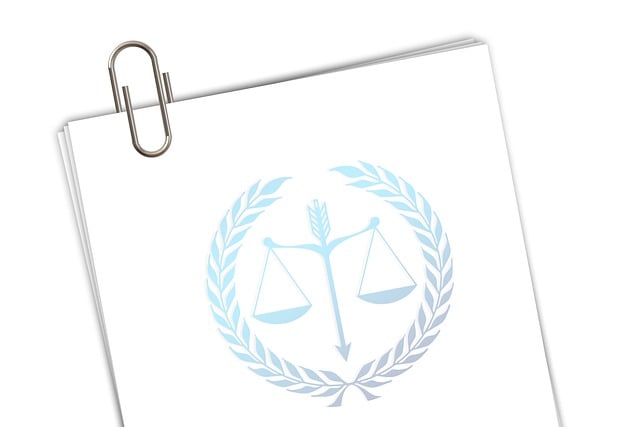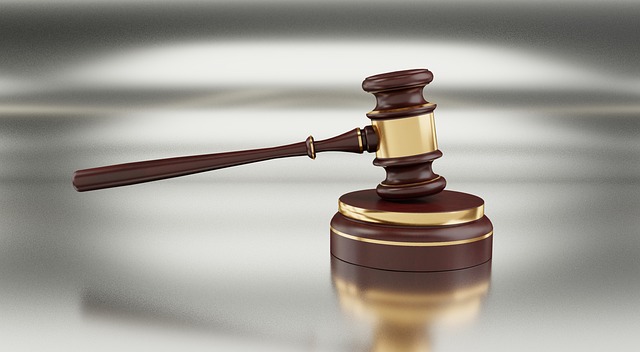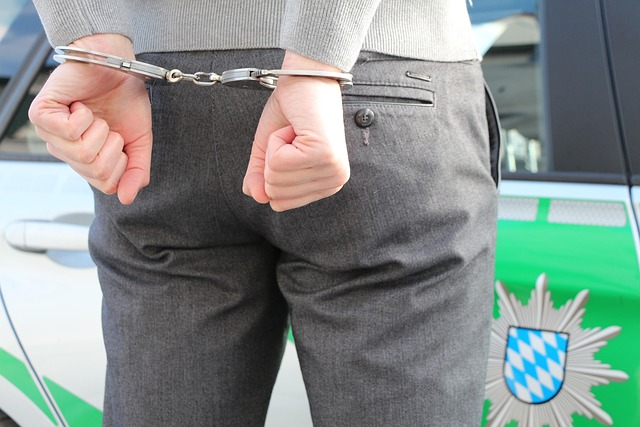Environmental Crime Trials hold individuals and corporations accountable for ecological damages through meticulous investigative work, evidence gathering, and identification of liable parties, mirroring personal injury lawsuit processes. Effective evidence collection, including scientific analyses, medical records, and expert witness testimonies, enhances chances of securing justice. Navigating complex environmental law demands strategic planning, adherence to legal deadlines, and emphasis on health impacts, aiming for exceptional outcomes or case dismissal based on robust documentation.
“Environmental Crime Trials: Uncovering Responsibility and Holding Perpetrators Accountable
This article delves into the intricate world of environmental crime trials, exploring how legal systems tackle ecological disasters. We begin by understanding these trials from a legal perspective, highlighting their significance in combating environmental degradation. Subsequently, we examine evidence collection’s pivotal role in personal injury cases stemming from ecological hazards. Finally, we offer strategic insights for navigating complex environmental lawsuits, drawing on key steps within the personal injury lawsuit process.”
- Understanding Environmental Crime Trials: A Legal Perspective
- The Role of Evidence Collection in Personal Injury Cases
- Strategies for Success: Navigating Environmental Lawsuits
Understanding Environmental Crime Trials: A Legal Perspective

Environmental Crime Trials represent a critical aspect of legal proceedings aimed at holding individuals and corporations accountable for damaging the environment. From a legal perspective, understanding these trials involves comprehending the unique challenges they present and the steps involved in such cases, often mirroring the steps in a personal injury lawsuit process. These trials are not merely about punishment but serve as deterrents, sending a strong message across the country that environmental harm will not be tolerated.
The process typically begins with all stages of the investigative and enforcement process, gathering evidence, and identifying liable parties. As these cases often involve complex scientific data and extensive legal documentation, an unprecedented track record of success relies on meticulous investigation and robust legal strategies. Through these trials, the legal system aims to not only rectify environmental damage but also ensure that those responsible are held fully accountable for their actions.
The Role of Evidence Collection in Personal Injury Cases

In personal injury cases stemming from environmental crimes, evidence collection plays a pivotal role. The first steps in a personal injury lawsuit process involve gathering and preserving relevant data, samples, and documentation that can substantiate the claim. This includes scientific analyses of contaminated substances, medical records detailing injuries, and expert witness testimonies that attribute the harm to specific environmental factors.
Effective evidence collection is crucial for securing compelling jury trials. By presenting robust and well-documented proof, plaintiffs can overcome challenging defense verdicts and pursue justice. Unlike scenarios leading to a complete dismissal of all charges, where evidence may be lacking or inconclusive, thorough documentation ensures that the truth comes to light, enhancing the chances of winning cases involving complex environmental issues.
Strategies for Success: Navigating Environmental Lawsuits

Navigating Environmental Lawsuits requires a strategic approach to ensure success. The first step in any personal injury lawsuit process is understanding the complexities of environmental law and its unique challenges. This involves gathering robust evidence, including scientific reports, expert opinions, and historical data, to substantiate the claim. A thorough investigation is crucial for building a strong case, as it can help in achieving extraordinary results or even securing a complete dismissal of all charges.
Effective strategies include meticulous planning, adhering to legal deadlines, and presenting arguments that highlight the direct impact of environmental crimes on individuals’ health and well-being. By focusing on these key aspects, plaintiffs’ attorneys can navigate the intricate steps in a personal injury lawsuit process successfully. Remember, the goal is not just to avoid indictment but to hold perpetrators accountable and secure justice for victims affected by environmental misconduct.
Environmental crime trials play a crucial role in holding perpetrators accountable and ensuring justice for ecological damage. By understanding the legal framework, effectively collecting evidence, and employing strategic navigation through complex environmental laws, successful outcomes can be achieved. These steps, as seen in personal injury lawsuits, include identifying liable parties, gathering scientific evidence, and presenting compelling arguments. This process not only compensates affected communities but also serves as a deterrent for future environmental violations.






